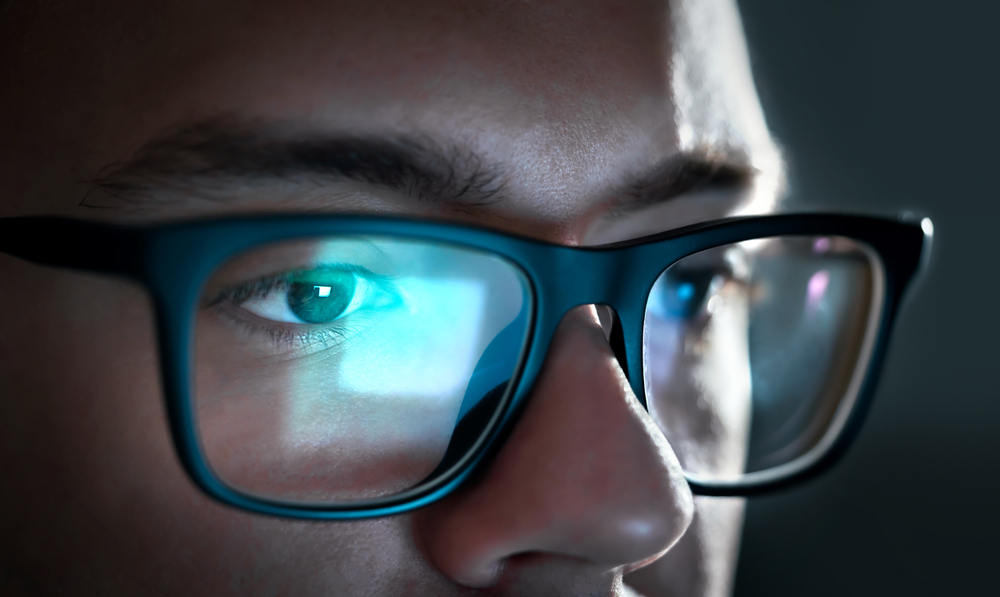
In today's digital age, it's common for people to spend hours each day staring at computers, phones, and other electronic devices. While these devices can be convenient and helpful, they can also take a toll on your eyes.
One of the most common problems associated with screen use is eye strain. Eye strain is a condition that occurs when your eyes are overworked and fatigued. It can cause symptoms such as blurred vision, headaches, and dry eyes.
One way to reduce your risk of eye strain is to wear the right kind of glasses. There are a number of different types of glasses that can help to reduce eye strain, including computer glasses, blue light glasses, and anti-reflective glasses.
Computer glasses are designed to reduce eye strain caused by computer use. They typically have a special lens that filters out blue light, which is emitted by computer screens. Blue light can cause eye fatigue and headaches, so filtering it out can help to reduce these symptoms.
Anti-fatigue glasses combine blue light filters and near focusing changes to maximize comfort on digital devices. These lenses work best for those who wear glasses full-time for distance vision.
Anti-reflective glasses are designed to reduce glare from screens. Glare can cause eye strain and headaches, so reducing it can help to improve your comfort while using screens.
If you spend a lot of time looking at screens, it's a good idea to talk to your eye doctor about whether you need glasses to help reduce eye strain. They can help you choose the right type of glasses for your needs.
Other Tips for Reducing Eye Strain
In addition to wearing the right kind of glasses, there are a number of other things you can do to reduce eye strain, including:
- Taking breaks from screens every 20 minutes to look at something 20 feet away for 20 seconds.
- Adjusting the brightness and contrast of your screens.
- Using a glare screen or filter on your screens.
- Getting regular eye exams.
By following these tips, you can help to reduce your risk of eye strain and improve your comfort while using screens.







